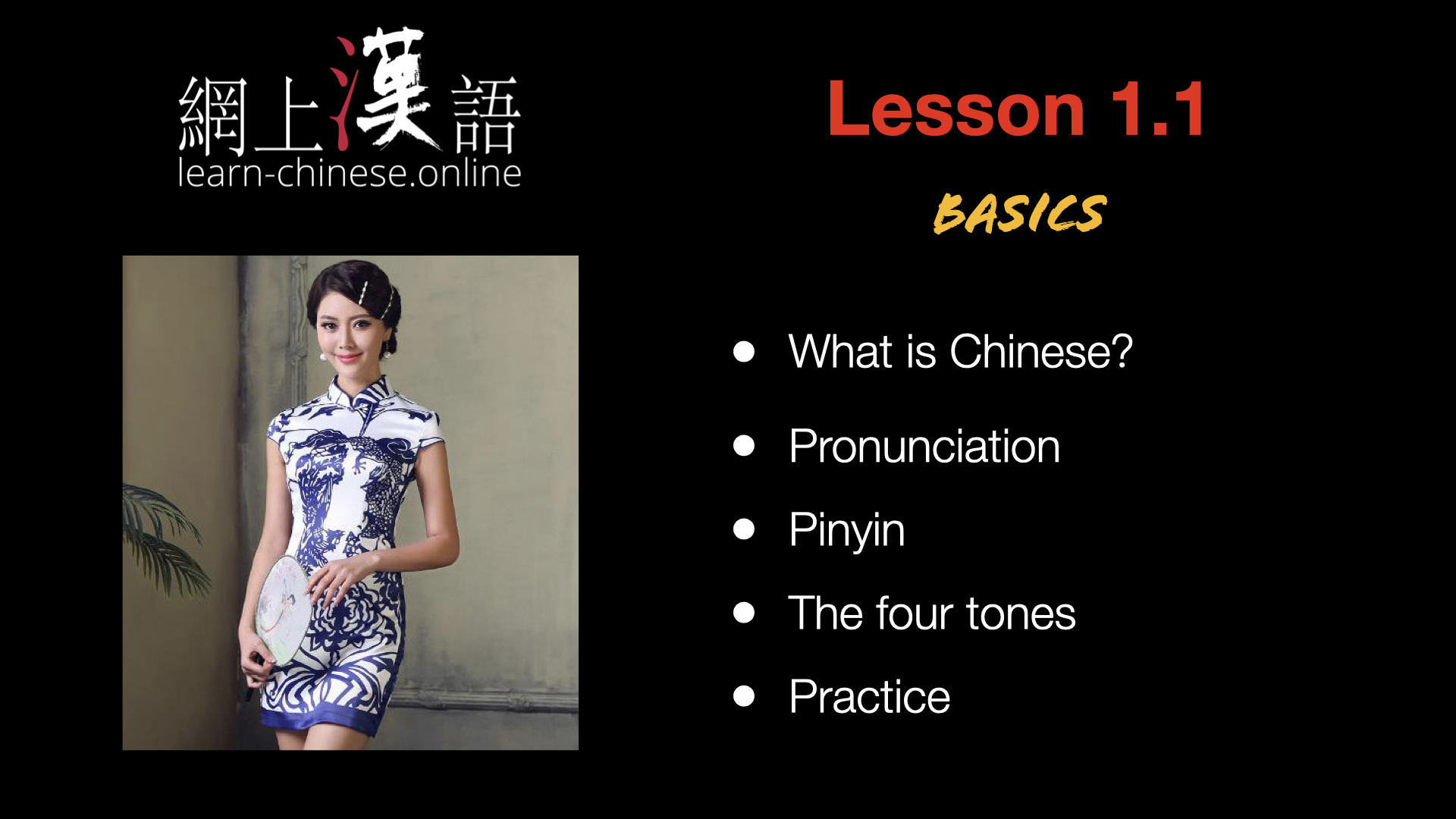Chinese painting Gongbi

Gongbi has a lot of meaning. In the word Gongbi, Gong takes the sense of meticulous, delicate. Bi generally indicates the tools for writing, but it has also the meaning of to write. By there we already guess the style of painting corresponding in this term. The technique Gongbi seeks the delicacy, the precision of the details. It needs a good technique and a lot of patience.
Material
The Gongbi is practised on not absorbing paper or silk.
For contours we use a brush Lang Hao. We must distinguish mainly four types of brushes Lang Hao:
- Hong Mao (red hairs) for the thick lines.
- Yi Wen (folds of clothing) for the long lines (contours of clothing for example.)
- Ye Jing (veins of the sheets) for the contour of the flowers and the sheets.
- Xie Zhua (crab's grip) for the finest lines (wings of dragonfly for example.)
But I highly advise to use a small brush Xiao Bai Gui. Master Wang Shuhui, famous for the delicacy of her lines, used only one brush Xiao Bai Gui to trace all the types of contours.
Two brushes Yang Hao are then necessary: one to apply the colours inside contours, the other, soaked with water, to moderate and degrade the colours.
According to surface to be coloured, we use three sizes of brush:
- Da Bai Yun (Large white cloud) of big size.
- Zhong Bai Yun (Average white cloud) of average size.
- Xiao Bai Yun (Small white cloud) of small size.
Those three brushes all belong to the kind Yang Hao, but they are particular to the application of the colours in Gongbi style.
The different stages of painting Gongbi
1 The layout of the sketch
Two methods are possible:
The first consists to layout the sketch directly on the sheet which you want to paint with a pencil 2B. Because the rice sheets are very fine and thus fragile, you cannot really gum and trace again without damaging the support. It is thus necessary to succeed on the first blow. Some small corrections while gumming slightly are however possible.
The second method consists in initially tracing the sketch on a usual sheet of paper (Western or Chinese, it does not matter). Then you place this sheet on the paper which you want to paint, the sketch upwards. With the pencil, you trace again on contours in order to leave a print on the sheet under. This one then has slightly printed contours. You can then start to paint it. If printed contours are not sufficiently visible, you can slightly recall them with the pencil 2B. This method is longer, but it makes it possible to not damage the rice paper and also to re-use the draft to remake a similar painting.
2 The layout of contours
The layout of contours is made in black ink with the brushes quoted above.
Attention should be paid to not make features with the same thickness. The downstroke and upstroke are of very great importance and it sometimes happens to find painters who do not grant much attention to it. Lastly, according to the tonality of colour that you envisage to use for each part, you must pay attention to the density of ink for contours.
3 The application of the colours
It is done in several stages. Before undertaking each stage, it should be taken care that the colours applied previously are quite dry. First you apply the colour with one brush. Then, with the other brush soaked with water you shade and degrade the colours. For two colours, you first make a shade of a colour as described above. When painting is dry, you make a shade of the other colour on the basis of the other side and going in the opposite direction. The techniques are much diversified and vary according to the subjects.

































